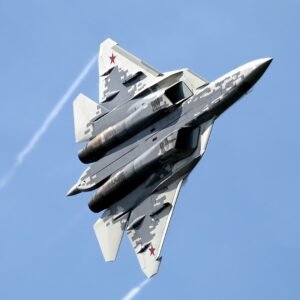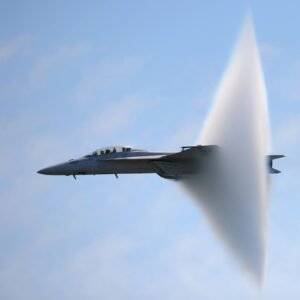Design, Development, and Operational History of the F-15, its Prototypes and Variants, and its Advanced Avionics and Armaments
Introduction
The McDonnell Douglas F15 Eagle is a twin-engine, all-weather, air superiority fighter aircraft designed and built by McDonnell Douglas (now part of Boeing) in the United States. The F-15 Eagle has been a staple of the United States Air Force (USAF) and various other air forces around the world since its first flight in 1972. With its powerful engines and advanced avionics, the F-15 Eagle has proven itself to be one of the most capable fighter jets in the world and is still in service today.
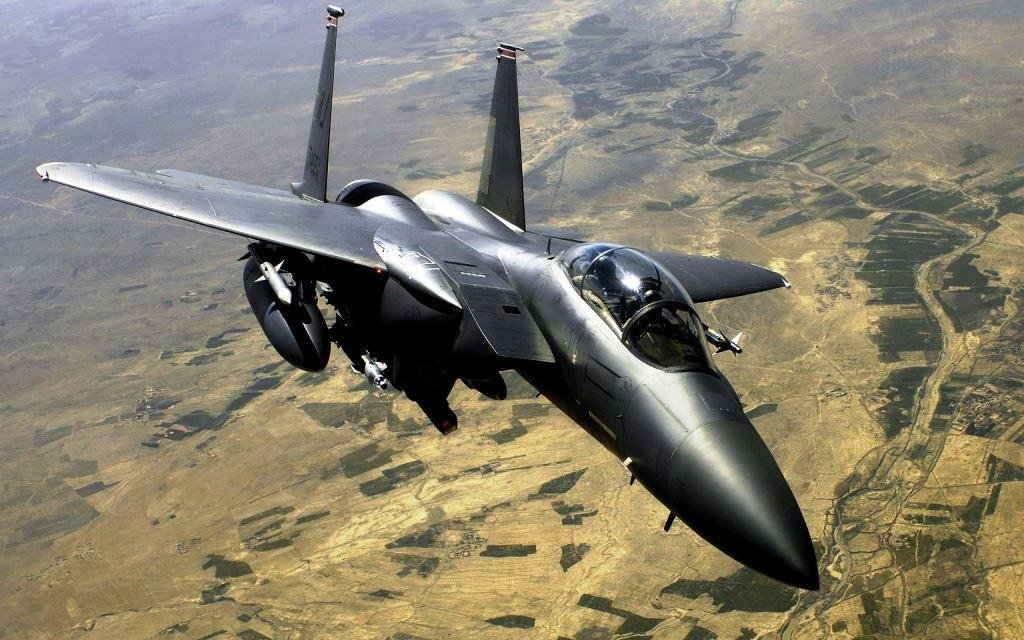
Design and Development of The McDonnell Douglas F15 Eagle
The design and development of the McDonnell Douglas F15 Eagle began in the late 1960s as a replacement for the United States Air Force’s aging fleet of F-4 Phantom II fighter jets. The USAF required a new fighter aircraft that could perform air superiority missions, intercept and destroy enemy aircraft, and defend against hostile missiles.
McDonnell Douglas won the contract to develop the new aircraft in 1969, and work on the F-15 began in earnest. The design team, led by Harry Hillaker, focused on creating a fighter that was fast, maneuverable, and could operate in any weather condition. They also placed a high emphasis on avionics, equipping the F-15 with a sophisticated radar and fire control system.
One of the major design challenges was creating an aircraft that could withstand the high speeds and stresses of supersonic flight. To achieve this, the F-15’s airframe was made from a combination of titanium, aluminum, and steel, and was designed to be both strong and lightweight.
The McDonnell Douglas F15 Eagle was also equipped with two powerful Pratt & Whitney F100-PW-100 turbofan engines, which provided a total of over 44,000 pounds of thrust. This gave the F-15 a top speed of over Mach 2.5 (around 1,900 miles per hour) and a range of over 3,000 miles.
General Specifications of McDonnell Douglas F15 Eagle
| Specification | F-15C Eagle |
| Crew | 1 |
| Length | 63.8 ft (19.4 m) |
| Wingspan | 42.8 ft (13.05 m) |
| Height | 18.5 ft (5.6 m) |
| Maximum Takeoff Weight | 68,000 lb (30,845 kg) |
| Powerplant | 2x Pratt & Whitney F100-PW-220 or GE F110-GE-129 turbofans |
| Maximum Speed | Mach 2.5 (1,875 mph, 3,000 km/h) at high altitude |
| Combat Radius | 1,061 nmi (1,221 mi, 1,965 km) |
| Armament | 1x 20 mm M61 Vulcan cannon, AIM-9 Sidewinder and AIM-120 AMRAAM air-to-air missiles, and various air-to-ground missiles and bombs |
The McDonnell Douglas F15 Eagle Avionics and Armaments
The F-15 Eagle is equipped with a variety of advanced avionics and weapons systems that make it one of the most capable fighter jets in the world.
Avionics:
- AN/APG-63 and AN/APG-70 radar systems: These are powerful radar systems that allow F-15 pilots to detect and track enemy aircraft at long ranges. The AN/APG-70 is the latest version of the radar and offers improved range and resolution over its predecessor.
- Joint Helmet-Mounted Cueing System (JHMCS): This is a helmet-mounted display system that allows F-15 pilots to see targeting information and other important data without having to look down at their cockpit displays. This allows them to keep their eyes on their surroundings while engaging in air-to-air or air-to-ground missions.
- AN/ALQ-135 Electronic Warfare (EW) System: This is a sophisticated EW system that can detect and jam enemy radar and communications signals, making it more difficult for the enemy to track and engage the F-15.
- AN/ALE-47 Countermeasures Dispenser System: This system deploys flares and chaff to decoy enemy missiles away from the aircraft.
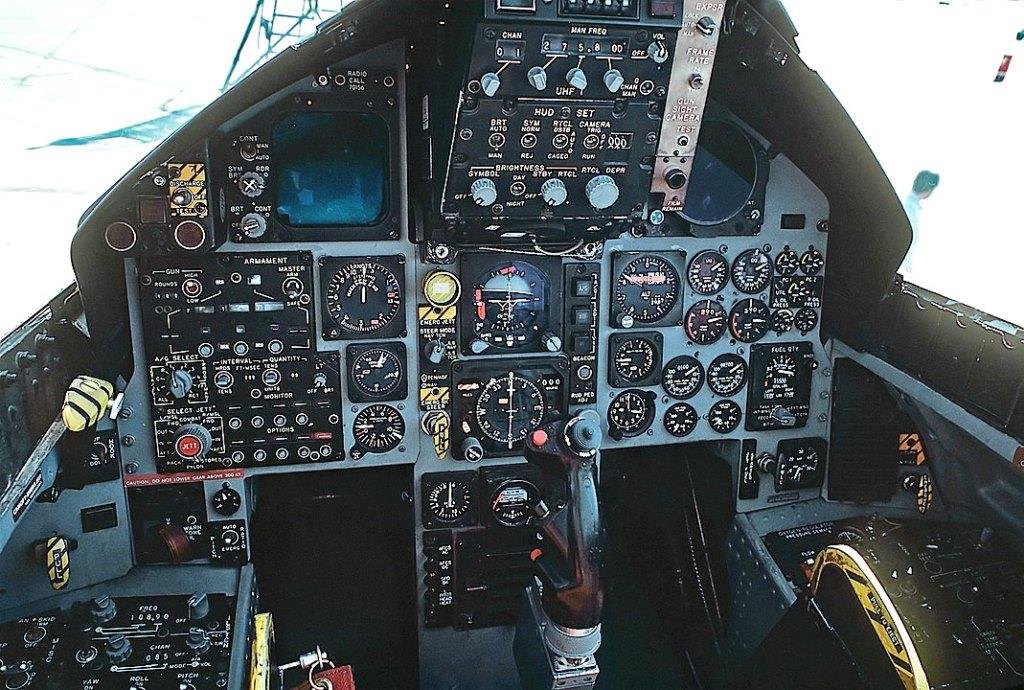
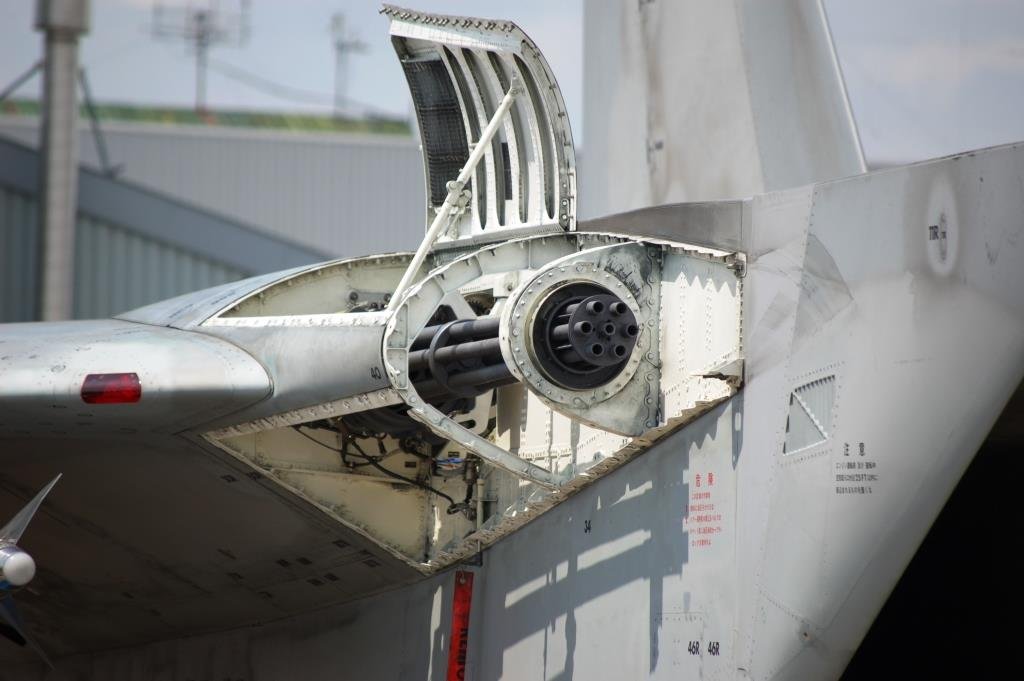
Armaments:
- 20 mm M61 Vulcan cannon: The F-15 is armed with a six-barrel Gatling gun that fires at a rate of up to 6,000 rounds per minute. The cannon is mounted in the aircraft’s nose and is used for air-to-air and air-to-ground missions.
- AIM-9 Sidewinder and AIM-120 AMRAAM air-to-air missiles: These are heat-seeking and radar-guided missiles, respectively, that are used for air-to-air engagements. The F-15 can carry up to eight of these missiles on its external pylons.
- Various air-to-ground missiles and bombs: The F-15 can carry a wide range of air-to-ground weapons, including the AGM-65 Maverick missile, the GBU-10, -12, and -24 Paveway laser-guided bombs, and the JDAM GPS-guided bomb. The F-15E Strike Eagle variant is particularly well-suited for ground attack missions and can carry up to 23,000 pounds of ordnance.
The McDonnell Douglas F15 Eagle Operational History
The McDonnell Douglas F15 Eagle has a long and storied operational history, having served with distinction in a variety of conflicts and missions around the world. Here are some highlights of the F-15’s operational history:
Gulf War (1990-1991):
The McDonnell Douglas F15 Eagle played a major role in the Gulf War, where it was primarily used for air superiority missions. F-15 pilots scored a total of 34 aerial victories during the conflict, without suffering a single loss in air-to-air combat. The F-15’s advanced avionics and powerful engines made it an ideal platform for intercepting and destroying enemy aircraft, and it proved to be a crucial asset in the coalition’s victory.
Operation Deny Flight (1993-1995):
The McDonnell Douglas F15 Eagle was used extensively in Operation Deny Flight, which was a NATO-led mission to enforce a no-fly zone over Bosnia and Herzegovina during the Yugoslav Wars. F-15 pilots flew combat air patrols over the region, monitoring and intercepting any aircraft that violated the no-fly zone. The F-15’s advanced radar and weapons systems proved to be highly effective in this role, and it helped to deter hostile aircraft from entering the region.
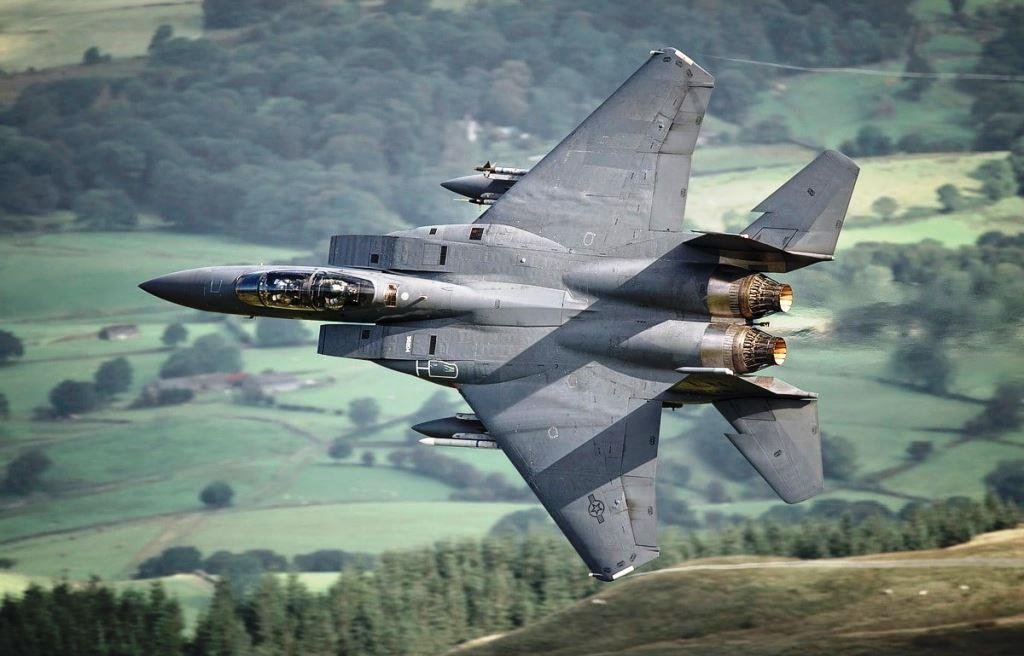
Operation Northern Watch (1997-2003):
The McDonnell Douglas F15 Eagle was also used in Operation Northern Watch, which was a joint US-British mission to enforce a no-fly zone over northern Iraq after the Gulf War. F-15 pilots flew combat air patrols over the region, intercepting any aircraft that violated the no-fly zone. During this operation, F-15 pilots engaged and destroyed several hostile aircraft, further demonstrating the aircraft’s air-to-air capabilities.
Operation Enduring Freedom (2001-2014):
The McDonnell Douglas F15 Eagle was used extensively in the War in Afghanistan, where it was primarily used for close air support and air interdiction missions. F-15E Strike Eagles, in particular, were heavily utilized for their ground-attack capabilities. The F-15’s ability to carry a wide range of munitions made it an ideal platform for destroying enemy targets on the ground, and it was a crucial asset in the coalition’s efforts to defeat the Taliban and Al-Qaeda.
Operation Inherent Resolve (2014-present):
The F-15 continues to serve in the ongoing conflict against ISIS in Iraq and Syria. F-15E Strike Eagles are being used for precision strikes against ISIS targets, including weapons caches, command centers, and oil refineries. The F-15’s advanced avionics and weapons systems have proven to be highly effective in this role, and it continues to be a key asset in the coalition’s fight against ISIS.
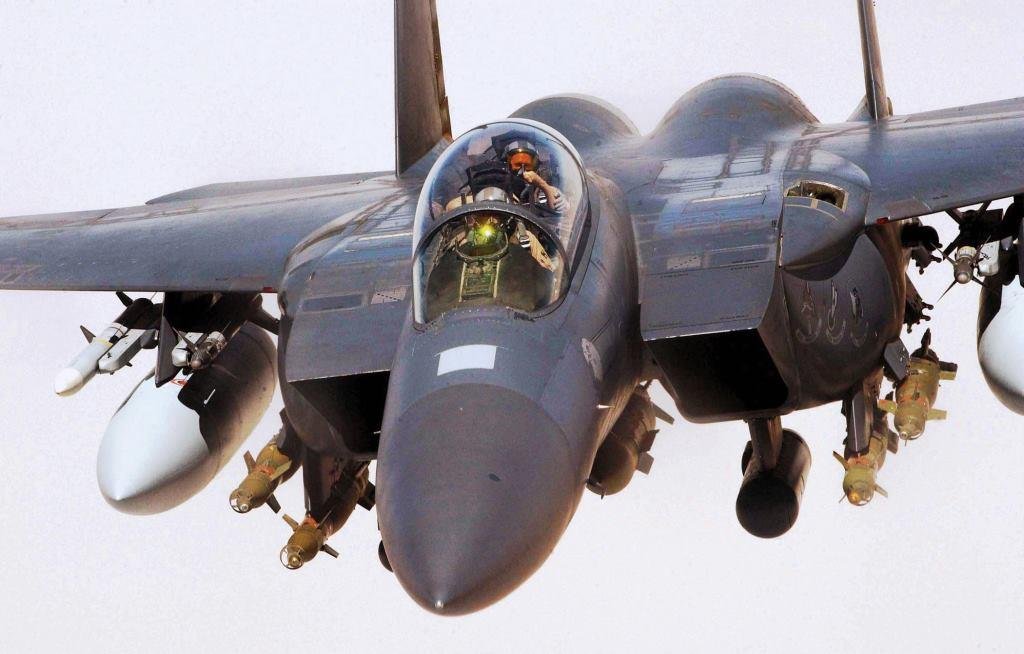
The McDonnell Douglas F15 Eagle Prototypes and Variants
McDonnell Douglas F15 Eagle Prototypes:
The McDonnell Douglas F15 Eagle’s first prototype of the F-15, known as the F-15A, made its maiden flight on July 27, 1972. The prototype performed exceptionally well, demonstrating its speed, maneuverability, and advanced avionics. The F-15A was later followed by the F-15B, which was a two-seat variant designed for training purposes.
The F-15 was officially introduced into the USAF service in 1976 and quickly proved to be one of the most capable fighter jets in the world. The F-15’s advanced avionics and powerful engines made it an ideal aircraft for air superiority missions, and it quickly established a reputation as a formidable adversary in air-to-air combat.
- F-15A Prototype: The first F-15A prototype, known as “Eagle One,” made its maiden flight on July 27, 1972. It was powered by two Pratt & Whitney F100-PW-100 engines and featured a fixed, internal armament of one 20mm M61 Vulcan cannon.
- F-15B Prototype: The second F-15 prototype, known as “Eagle Two,” was a two-seat version of the F-15A. It was used primarily for testing and evaluation purposes.
- F-15 STOL/MTD: This prototype was developed in the 1980s to test short takeoff and landing (STOL) and maneuver technology. It featured a thrust-vectoring nozzle and other advanced flight control systems.
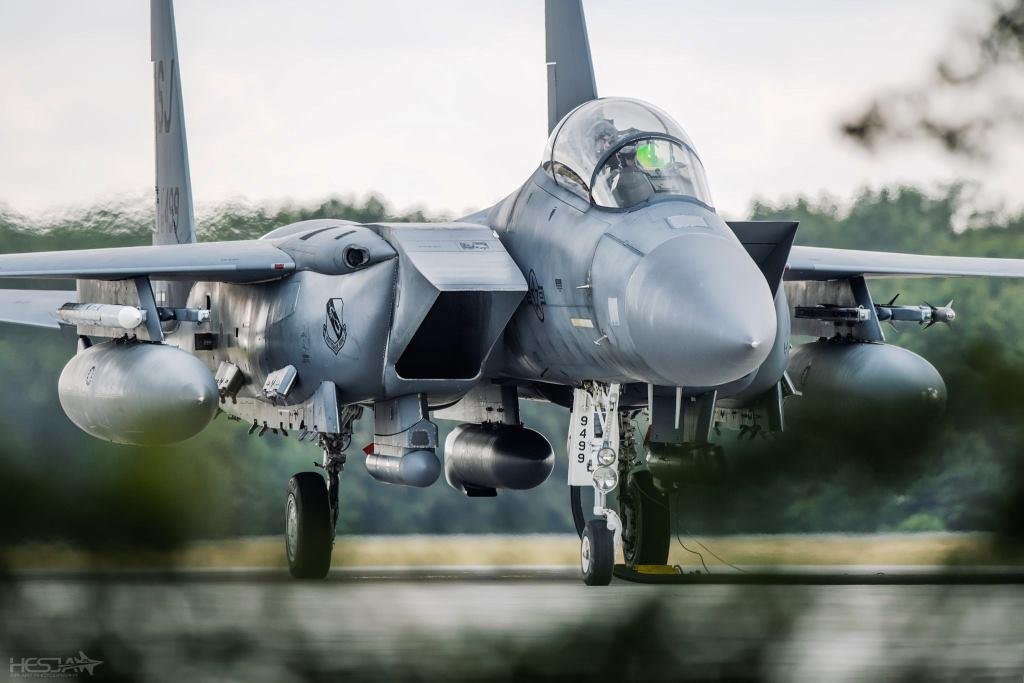
McDonnell Douglas F15 Eagle Variants:
- F-15A/B: The F-15A/B was the initial production version of the F-15. It entered service in 1976 and was used primarily for air superiority missions.
- F-15C/D: The F-15C/D is an upgraded version of the F-15A/B that features improved avionics and weapons systems. It entered service in the 1980s and is still in use today.
- F-15E Strike Eagle: The F-15E is a ground attack variant of the F-15 that entered service in the 1980s. It is capable of carrying a wide variety of air-to-ground weapons and is often used for close air support and interdiction missions.
- F-15SE Silent Eagle: The F-15SE is a proposed stealth version of the F-15 that is designed to reduce the aircraft’s radar signature. It has not yet been produced.
- F-15EX: The F-15EX is a new variant of the F-15 that is currently in production for the United States Air Force. It features updated avionics and weapons systems, as well as the ability to carry more fuel and weapons than previous versions.
Read More:- Eurofighter Typhoon Fighter Plane-War Thunder and Mikoyan MIG-35 Fighter Jet.










